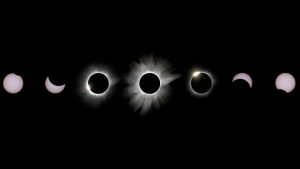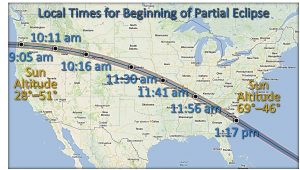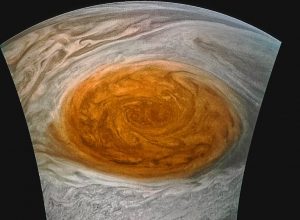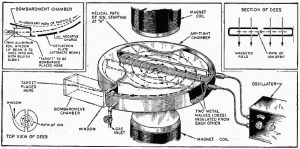A collaboration of researchers at Oregon’s Health and Science University and the Salk Institute have carried out the first successful attempt at modifying the DNA inside human embryos. The team, led by Shoukhrat Mitalipov removed a genetic ‘mistake’ that causes a heart defect in humans from 42 out of 58 fertilized egg cells.
Doctor Mitalipov and his team used a gene editing technique known as CRISPR (Clustered Regularly Interspaced Short Palindromic Repeats) to cut the DNA of the fertilized egg, remove the disease causing gene section and replace it with a healthy one. Chinese scientists had already attempted this technique several times but the CRISPR editing always resulted in a small number of editing ‘mistakes’ know as mosaicism and that when the fertilized cells began to divide to form an embryo not all of the cells received the edited correction. The picture below shows the CRISPR process being carried out on a fertilized human egg cell.

In the paper Mitalipov and his team have published in the journal Nature their results indicate that they have succeeded in avoiding the errors in previous experiments. This is obviously of critical importance since any ‘off target’ results could easily cause more harm than good and the ethical controversy around gene editing is already a hot topic.
In order to avoid any such ethical concerns Mitalipov and his team only allowed the embryos in their study to develop for five days and there was never any intention of implanting the embryos into a womb. In fact any attempt to implant a gene edited human embryo into a womb is illegal in the US, Congress having forbidden the US Food and Drug administration from approving any such clinical trials.
When it comes to the technology of gene editing let’s face it, it’s only a matter of time before we can directly modify the DNA structure to suit our pleasure. If you think about it, we’ve been modifying the DNA of living creatures ever since we brought wolves into our caves and turned them into dogs but gene editing is a big leap forward and great harm could result from any carelessness.
Now anyone who has read some of my posts on this blogsite knows that I am pro-science and pro-technology. Also, the possible good that could be achieved by eliminating genetic disorders such as Hodgkin’s lymphoma, Huntington’s disease, the blood condition beta-thalassemia or Down’s syndrome or many others is just so great that we cannot simply refuse to try.
On the other hand, the possible harm that could occur to the children of gene editing experiments that resulted in ‘off target’ effects is simply horrible to consider. Any gene editing technique that we even consider employing on ourselves must be as perfect as is humanly possible before any clinical trials are attempted. In other words we have to do this slowly and carefully, making certain that the good will far outweigh any harm before proceeding.
I think most people can agree on such a policy. The possible rewards of gene editing are so great that we have to try, but slowly and carefully to avoid as many errors as we can. The real thorny ethical questions arise when we begin talking about using gene editing to ‘improve’ human beings, to create ‘designer babies’ rather than just to eliminate birth defects.
The problem is in finding any consensus on just what an ‘improvement’ might be, let alone on whose children will be ‘improved’. Now I’ve never been any good at telling people what is ethically right or wrong. However I will say this; each of us, wherever we live in this world, needs to consider this issue and make up our own mind!
Gene editing could very well become the most contentious issue of the 21st century and only an informed and thoughtful people can even hope to make the right choices. If you’d like to read more on the work at Oregon Health and Science University, the link below will take you to MIT’s Technology Review’s story.
https://www.technologyreview.com/s/608350/first-human-embryos-edited-in-us/














